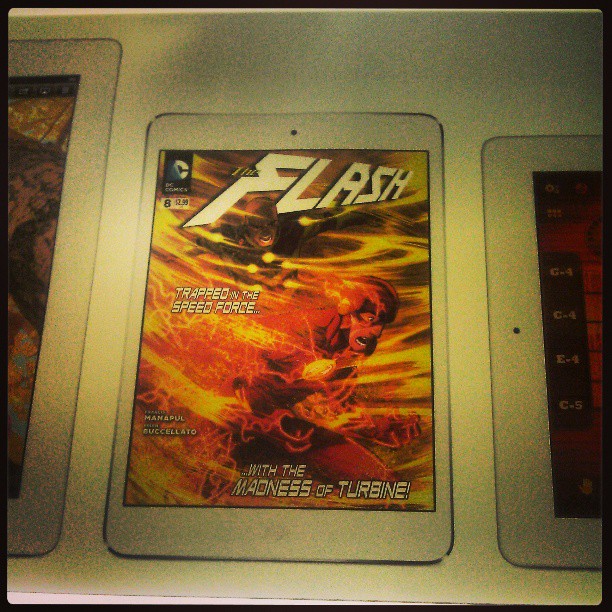I’ve upgraded to the just-released WordPress 2.5. The new admin interface is very nice, especially the ability to upload more than one image at a time (though I think they might want to test uploading a single picture a bit more [edit: Maybe it’s specific to Firefox 3 beta 4—on uploading one image, it shows the control panel three times instead of just once.] [edit2: Maybe it’s on the Firefox beta, but the Linux version of Flash Player. It works just fine on the same version of Firefox on the Mac.] [edit3: It’s definitely the Linux Flash Player; I tried it with Opera on Linux and had the same problem.]).
I’ve adapted my theme to use new built-in support for Gravatar and optimal titles instead of the plugins I was using before.
All the stuff you’ll see appears to be working just fine so far. A couple of minor glitches with some admin plugins (WP-Amazon takes two clicks to show or hide instead of just one), but no biggie.
There was one issue during the upgrade. I’ve been using XCache for WordPress to improve site performance. I was asked for the XCache admin login & password during the database upgrade. I couldn’t remember them, so I renamed object-cache.php and hit “cancel” on the password prompt, but it seems to have upgraded everything fine.
The one really annoying thing is that the Bad Behavior anti-spam plugin conflicts with the new media uploader (it’s already on the WordPress 2.5 Plugin Compatibility list). There are two issues. First, “Shockwave Flash” is apparently used by spambots, so it was listed in blacklist.php (code 17f4e8c8). Second, it seems Flash is mixing and matching HTTP 1.0 and HTTP 1.1. If I remove it from the blacklist, it trips condition a0105122, which indicates an Expect header appearing in an HTTP 1.0 request. Removing that test allows it to upload, but the test catches a lot of spam…
Edit: I tried out the visual editor again, as it was billed as “it doesn’t mess with your code anymore.” Sadly, it does mess with your code. It disappeared an image in one post, and it still replaces semantically-neutral <i> tags with <em> tags, even when you’ve entered them manually. <em> is for emphasis. When you italicize a book title, you are not emphasizing it. By replacing one tag with the other, it adds inaccurate semantic meaning. This is just as incorrect as using <h5> to get small text instead of using it for a level-5 heading.

 I tried out the
I tried out the